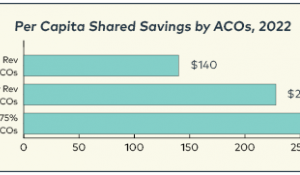Health Disparities & Social Determinants of Health (SDOH)
As patients enter the healthcare system, primary care is typically their first stop. Because of this, primary care clinicians have a unique opportunity to develop relationships with patients and communities. This also enables them to get a glimpse of the hardships that a particular patient or group of patients is dealing with and see how that can affect their overall well-being. As the healthcare system, and primary care in particular, shifts away from a transactional system, to one more focused on high quality, comprehensive care, these outside factors that often play a significant role in patients’ lives must be accounted for.
The CDC defines health disparities as preventable differences in the burden of disease, injury, violence or opportunities to achieve optimal health that are experienced by socially disadvantaged populations. It defines the social determinants of health as conditions in the places where people live, learn, work, and play. While several of these factors or locations fall out of the traditional sphere of primary care, a well-organized and coordinated primary care team should have the resources to help patients beyond their medical needs.
Resources

Journal of the American Board of Family Medicine | May 2013

Partnership for Sustainable Health Care | April 2013
- ‹ previous
- 12 of 15
- next ›
News
July 15, 2020 | CVS Health
July 24, 2020 | Primary Care Collaborative
June 23, 2020 | Morehouse School of Medicine
June 23, 2020 | The Hill
June 24, 2020 | Primary Care Collaborative
- ‹ previous
- 12 of 47
- next ›
Events & Media
June 8, 2016 | Planetree
April 7, 2015 | PwC
- ‹ previous
- 12 of 20
- next ›
Related Content
Pages
Pages
Secondary menu
Copyright © 2024 Primary Care Collaborative















